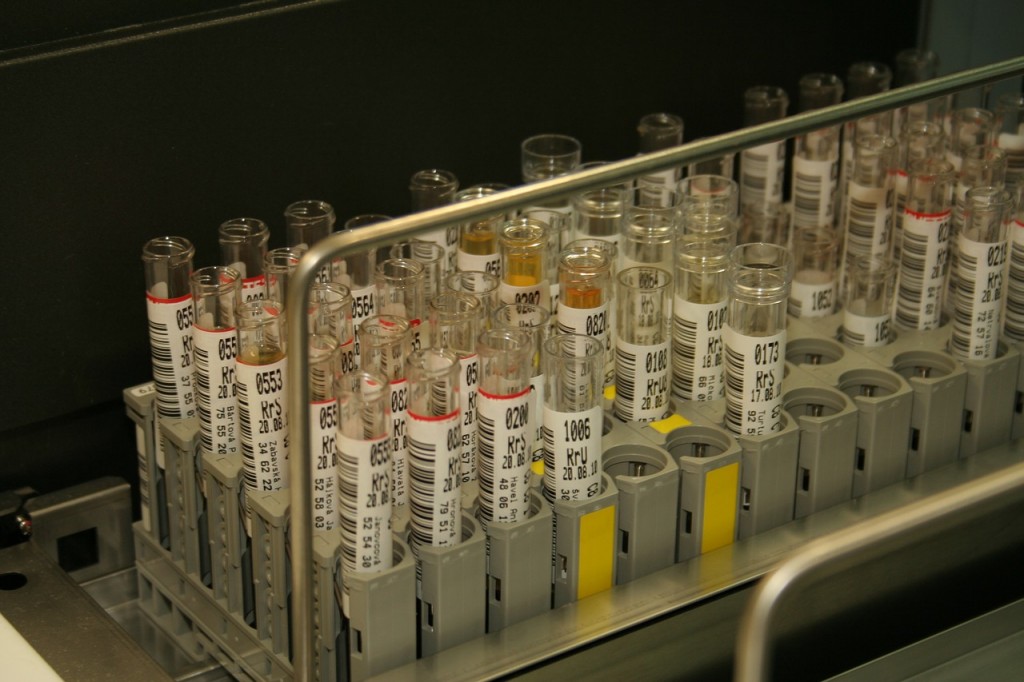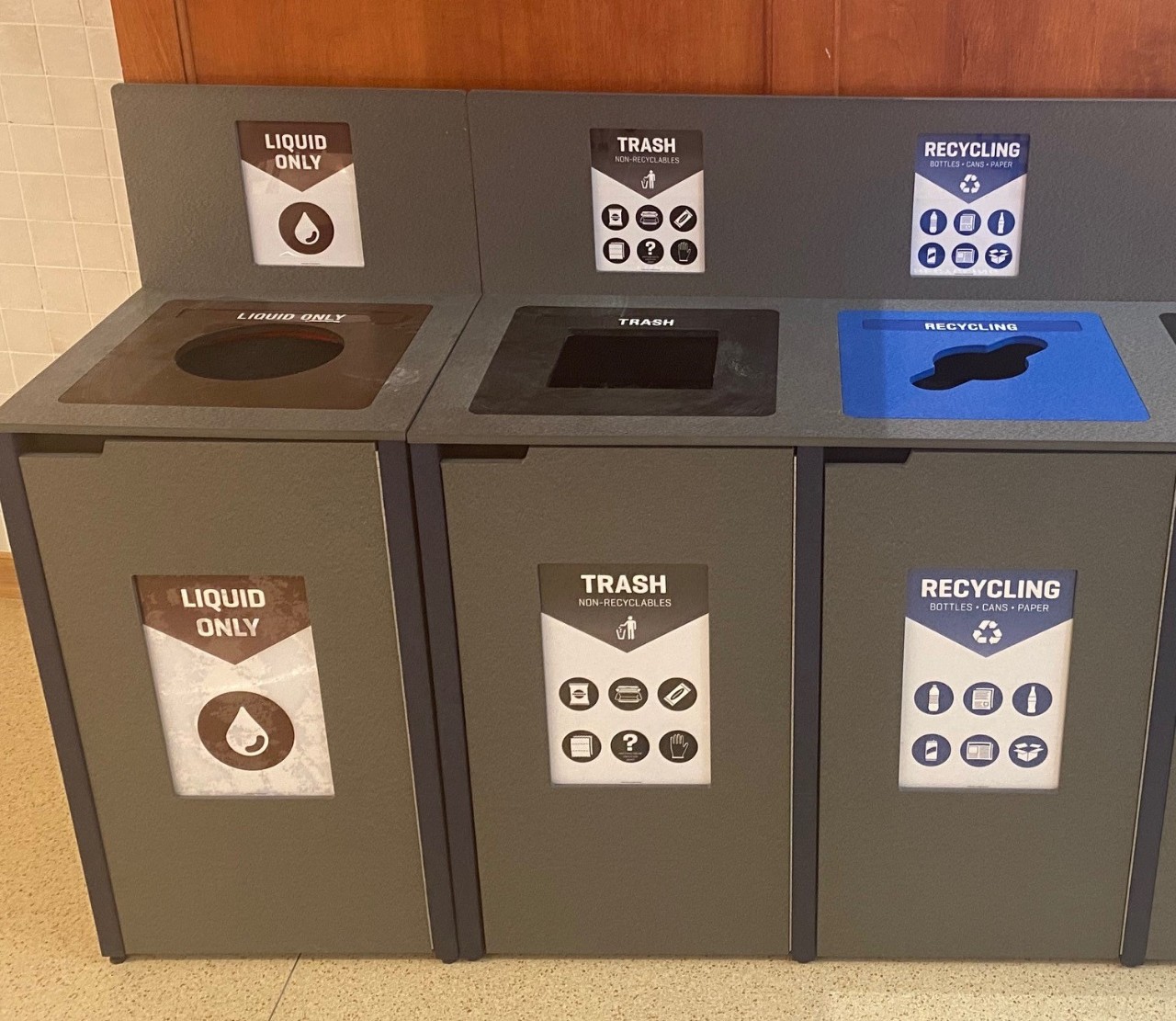Safe and Lasting Liquid Waste Disposal: Your Go-To Company
Safe and Lasting Liquid Waste Disposal: Your Go-To Company
Blog Article
Just How Fluid Garbage Disposal Functions: An In-depth Introduction of Strategies and Technologies Used

Overview of Liquid Waste Types
The intricacy of fluid waste kinds demands an extensive understanding of their characteristics and implications for disposal. Liquid waste can extensively be classified right into numerous kinds, consisting of industrial, local, farming, and contaminated materials. Each category exhibits distinct residential properties, needing particular management strategies to mitigate ecological and health and wellness dangers.
Industrial fluid waste stems from making processes and typically includes a range of impurities, such as hefty metals, solvents, and organic substances. Local liquid waste, primarily consisting of wastewater from families and business establishments, includes raw material, nutrients, and microorganisms (industrial wastewater treatment). Agricultural liquid waste, consisting of overflow from ranches, might consist of fertilizers, chemicals, and animal waste, posturing dangers to water top quality and ecological communities
Hazardous liquid waste is identified by its poisoning, reactivity, or prospective to create harm. Recognizing these diverse liquid waste kinds is essential for creating effective disposal approaches and making certain compliance with environmental guidelines.
Physical Therapy Methods

Testing is the preliminary action, where larger bits and debris are eliminated from the liquid waste utilizing screens or grates. This process safeguards downstream devices from damage and guarantees smoother operation. Complying with testing, sedimentation uses gravitational force to separate solids from liquids. In sedimentation tanks, much heavier particles work out near the bottom, creating a sludge layer, while the made clear fluid can be more treated.
Filtering is another important approach that involves passing the fluid via porous products, such as sand or membranes, to catch smaller fragments. This step boosts the high quality of the liquid, making it ideal for subsequent therapy processes.

Chemical Therapy Methods
Chemical treatment strategies are crucial for properly handling liquid waste, especially in dealing with dissolved and colloidal pollutants that physical techniques might not adequately remove. These techniques use different chemical agents to counteract, precipitate, or change dangerous materials into much less hazardous kinds.
One common approach is coagulation and flocculation, where chemicals such as alum or ferric chloride are added to advertise the aggregation of put on hold fragments. This process boosts sedimentation, enabling less complicated removal of the resulting sludge. Furthermore, oxidation processes, utilizing representatives like chlorine or ozone, are utilized to break down intricate organic compounds and virus, browse around this web-site making the waste safer for discharge or further therapy.
Neutralization is an additional vital strategy, which adjusts the pH of acidic or alkaline waste streams to neutral degrees, avoiding possible harm to downstream systems and the atmosphere. In addition, advanced oxidation procedures (AOPs) utilize combinations of oxidants and ultraviolet light to degrade relentless contaminants, attaining a higher degree of treatment effectiveness.
Organic Treatment Processes
Biological therapy processes play a critical role in the administration of fluid waste by using microbes to disintegrate raw material and reduce pollutant levels. These processes can be generally classified into anaerobic and cardiovascular therapies, each using certain microbial neighborhoods to accomplish efficient waste deterioration.
Cardiovascular therapy includes the usage of oxygen to promote the failure of natural products by germs. This process is frequently carried out in triggered sludge systems, where aeration tanks offer a favorable environment for microbial growth, leading to the oxidation of organic pollutants. The resultant biomass can be separated from dealt with effluent via sedimentation.
In comparison, anaerobic therapy happens in the absence of oxygen, depending on various germs to break down natural matter. This technique is particularly advantageous for high-strength waste, as it creates biogas, an eco-friendly power resource, while minimizing sludge manufacturing. Technologies such as anaerobic digesters are frequently employed in industrial and community applications.
Both anaerobic and aerobic organic therapies not only reduce the environmental influence of liquid waste but also facilitate resource recovery, making them crucial elements of sustainable waste monitoring methods. Their efficiency, adaptability, and performance support their prevalent execution across different industries.
Arising Technologies in Disposal
Cutting-edge strategies to liquid waste disposal are swiftly evolving, driven by advancements in technology and an enhancing emphasis on sustainability. Among these arising modern technologies, membrane layer bioreactors (MBRs) have actually acquired grip for their capacity to integrate biological therapy with membrane layer filtering, causing premium effluent that can be recycled in best site numerous applications. MBRs enable smaller sized impacts and much more reliable operations contrasted to typical systems.
Another encouraging development is using anaerobic food digestion incorporated with nutrient recovery modern technologies, which not just treats liquid waste however additionally produces biogas and recoups important nutrients like nitrogen and phosphorus. This double benefit boosts source efficiency and decreases ecological influence.
In addition, advanced oxidation procedures (AOPs) are being embraced for the destruction of complicated organic contaminants. These methods utilize powerful oxidants and stimulants to damage down pollutants at the molecular level, providing a highly efficient option for difficult waste streams.
Additionally, the integration of synthetic intelligence and equipment understanding in waste administration systems is enhancing operational performance and anticipating maintenance, causing decreased costs and improved ecological conformity. These innovations mirror a substantial change in the direction of more sustainable and effective liquid waste disposal practices.
Verdict
In verdict, efficient liquid waste disposal necessitates a comprehensive understanding of various strategies and modern technologies. check The combination of physical, chemical, and organic treatment techniques guarantees the efficient administration of diverse waste types. In addition, the development of ingenious innovations enhances treatment efficiency and promotes sustainability in waste administration techniques. By constantly progressing these methodologies, it ends up being possible to deal with the expanding challenges connected with fluid waste, eventually adding to environmental management and source recovery.
Fluid waste disposal is an essential aspect of environmental management, needing a detailed understanding of numerous strategies and technologies tailored to different waste types. Liquid waste can extensively be classified right into numerous kinds, consisting of commercial, community, agricultural, and dangerous waste. Agricultural liquid waste, including overflow from farms, may have fertilizers, pesticides, and pet waste, presenting threats to water high quality and ecological communities.
Different physical therapy approaches play a vital function in managing liquid waste successfully - industrial wastewater treatment.In conclusion, efficient liquid waste disposal requires an extensive understanding of different methods and innovations
Report this page